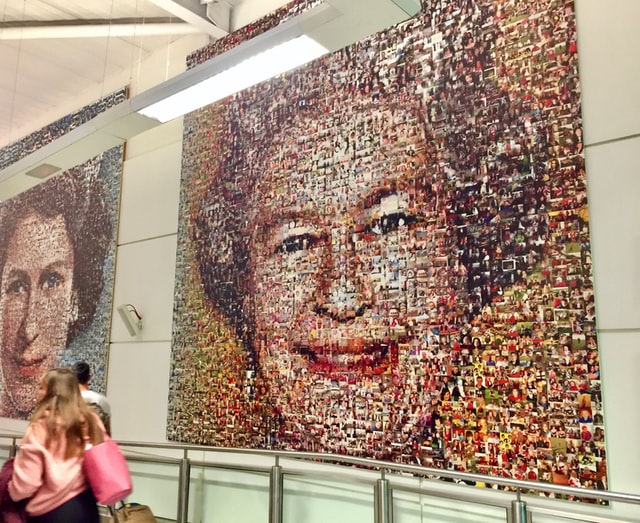Queen Elizabeth had a Merchant Ivory-standard, Raj-era Britishness
Enlarge

The morning after the Queen’s death, I woke to find a WhatsApp message from a friend in India. It bore the pdf of a Times of India piece I wrote in October 1997. It was a profile of Queen Elizabeth II and it was at the height of the ructions and muttered republicanism in the wake of Diana’s death.
How would the then 71-year-old monarch manage? Would she manage? Should anyone even care, especially India, the former British colony that triggered the end of empire by winning its own independence in 1947, five years before Elizabeth acceded to the throne?
Like the guru of an eastern cult, she herself was the message
Turned out, The Times of India, the country’s largest English-language newspaper, did care. With good reason. It cared enough to get me to write about the Queen, to try and understand, as the piece says, her “Merchant Ivory-standard Britishness”, her “calculated British ordinariness (that) amounts almost to genius”, the fact that she “remains a British institution in the way Big Ben or Buckingham Palace is”.

My October 1997 profile of Queen Elizabeth II in The Times of India at the height of the muttered republicanism in the wake of Diana’s death
The piece, which noted that with empire having become an “anachronism” (especially after India set itself free), there was a distinct lack of promise in the new Elizabethan age that began when Elizabeth became Queen. And yet, it says : “Like the guru of an eastern cult, she herself is the message.”
Looking back on that quarter-century old article in The Times of India, it’s obvious that the British monarch was given the attention due to an individual who was both institution as well as the image of her nation. And the picture we formed was of a person tied to (and part of) the Britain that so recently lost its empire.
Her passing takes Britain into a quite different age, one in which its monarch – the individual who is the institution as well as the image of the nation – is more distant from the imperial footprint and the designated power structure of the Commonwealth.
Click here to read the piece: Oct 1997 God save the Queen, The Times of India

